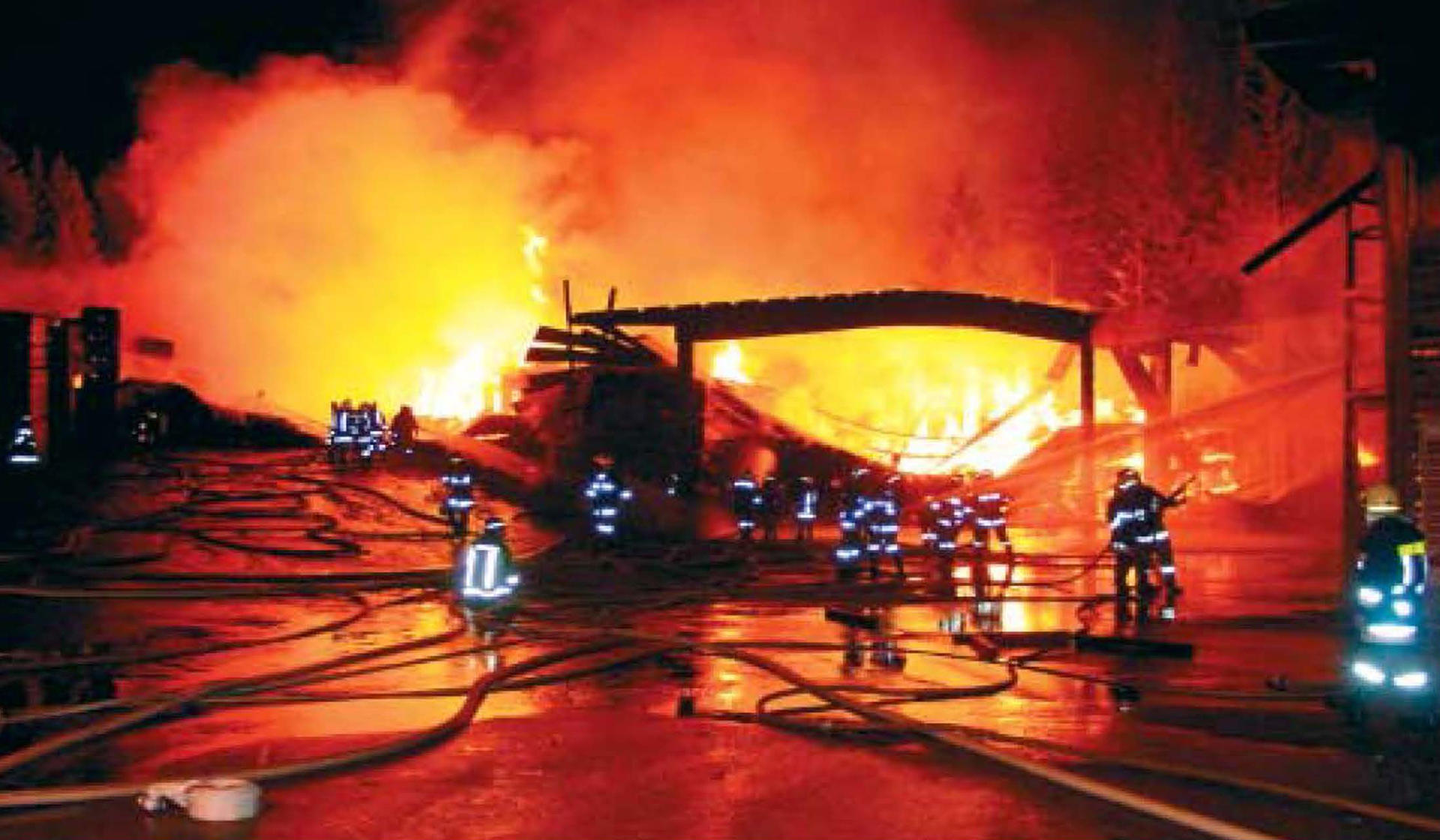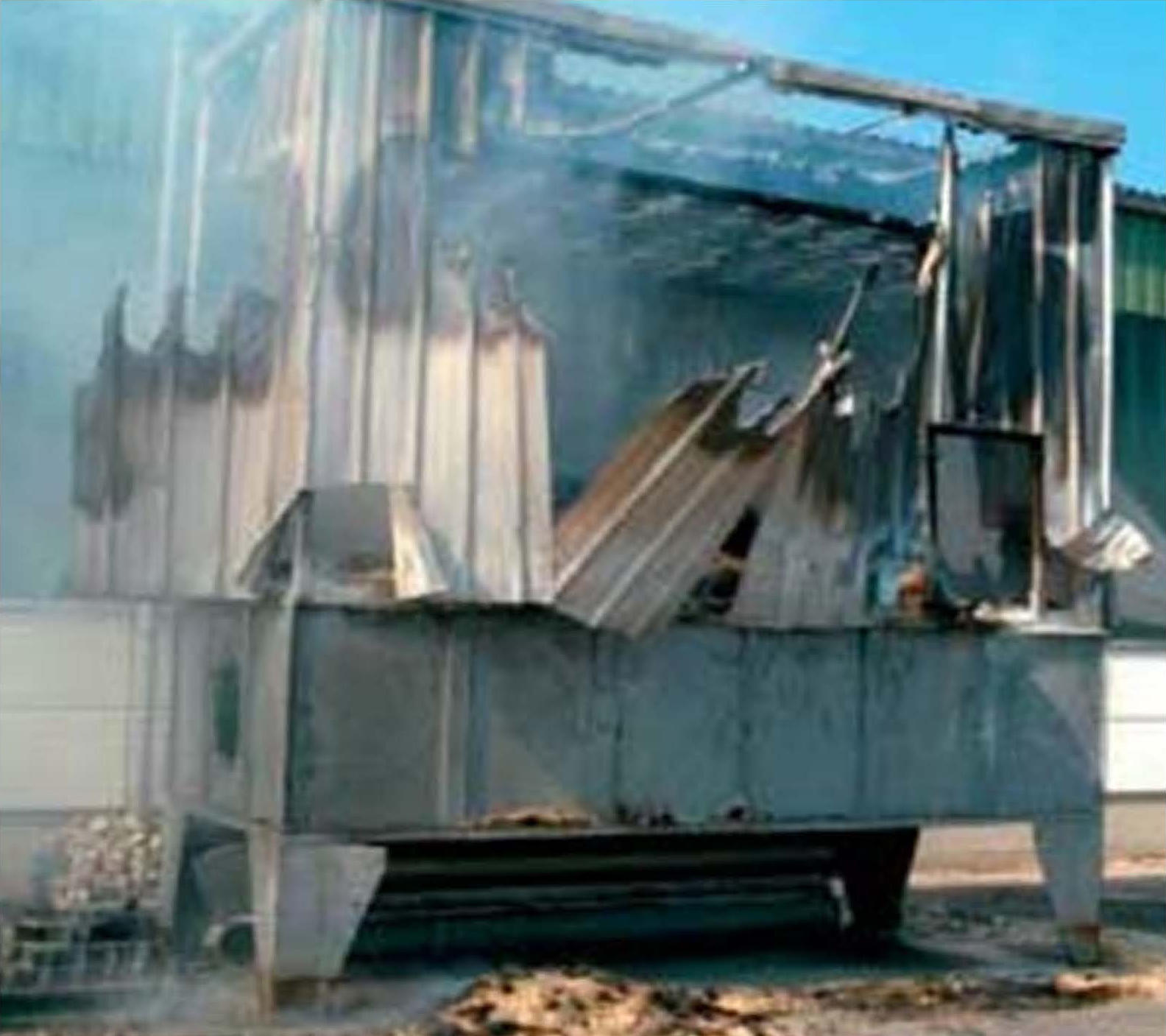Electrical control panels suitable for ambient with explosive or flammable dusts
1. Introduction The awareness of the new prevention needs and the constant and continuous technical evolution has led the standardizer to...
1. Introduction
The awareness of the new prevention needs and the constant and continuous technical evolution has led the standardizer to analyze more in-depth the problems related to the use of electrical and electronic equipment in environments with the presence of dusts during handling and storage.
In fact, the problem of explosions generated by powders was not much considered in previous years. It was then realized its true danger, and with difficulty, the designers and the public opinion accepted that an explosion could be generated even by the presence of dust without the addition of flammable gases.
Considering that dust explosions are not very frequent, but if they occur, the consequences are very dangerous and notoriously superior to a fire delimited in a small and well ventilated environment, it is necessary to calculate the correlated risk: R = P x C, where R corresponds to the acceptable Risk (the risk depends on the protection at first instance of persons and in second instance of things), P corresponds to the Probability that the risk is manifested and C corresponds to the Consequences arising from the occurrence of the risk, effectively highlighting how the determination of risk is of fundamental importance.
For these reasons, it is essential that the designer, the manager and maintenance operator of such equipment have all the regulatory tools always present and constantly updated, in order to correctly design and size the electro-instrumental equipment and then to keep them constantly efficient, respecting the protection of people and things.

Typical cause of fire in a woodworking shop (source Trentino region)

Typical damage resulting from the explosion (source Trentino region)
2. The Ex Standards
The following list of the regulations describes the fundamental criteria to be adopted for the construction, installation and maintenance of electro-instrumental equipment. They are subdivided into national regulations (CEI EN), Community regulations (EN) and international standards (IEC). We will list only the final part of the standard, omitting the prefix (CEI or EN or IEC).
- 60079-10-2: this is the standard that determines the classification criteria for hazardous areas in the presence of potentially explosive dusts.
- 60079-14: this is the standard that dictates the criteria for the design, selection and installation of electrical systems in explosive atmospheres.
- 60079-13: this is the standard that determines the criteria for the design, construction, evaluation, verification and marking of the premises used to protect the equipment, through pressurization or artificial ventilation or both, as appropriate, when they are located in an explosive gas atmosphere or hazardous area with a combustible dust atmosphere with or without an internal source of flammable gases or vapors
- 60079-18: this is the standard that determines the criteria for the construction, testing and marking of electrical equipment, parts of electrical equipment and Ex components with the type of encapsulation protection "m" intended for use in explosive gas atmospheres or in explosive powder atmospheres.
- 60079-31: this is the standard that determines the requirements for electrical equipment protected by enclosure and by the limitation of the surface temperature for use in atmospheres with explosive powders. Specifies the requirements for the design, construction and testing of Ex "t" electrical equipment. This standard does not apply to explosive powders, which do not require atmospheric oxygen for combustion or pyrophoric substances.
- 60079-32-1: This part gives guidance about the equipment, product and process properties necessary to avoid ignition and electrostatic shock hazards arising from static electricity as well as the operational requirements needed to ensure safe use of the equipment, product or process. lt can be used in a risk assessment of electrostatic hazards or for the preparation of product family or dedicated product standards for electrical or non-electrical machines or equipment.
- 60079-32-2: This part describes test methods concerning the equipment, product and process properties necessary to avoid ignition and electrostatic shock hazards arising from static electricity. It is intended for use in a risk assessment of electrostatic hazards or for the preparation of product family or dedicated product standards for electrical or non-electrical machines or equipment.
There are also a further series of standards aimed to the maintenance and repair of equipment such as:
- 60079-17: this standard applies to users and covers the factors directly related to the inspection and maintenance of electrical systems located only in dangerous areas, where the danger may be caused by gases, vapors, mists, dust or volatile flammable fibers.
- 60079-19: this is the standard that provides instructions, mainly of a technical nature, on the repair, overhaul, reclamation and modification of equipment designed for use in explosive atmospheres. It is not applicable to maintenance, except when the repair and overhaul cannot be dissociated from maintenance, nor does it provide advice on cable entry systems that may require renewal when the equipment is reinstalled. This regulation does not apply to the type of protection "m", "o" and "q".
3. Construction features of ‘Ex tb IIIC’ electric and electronic control panels
The peculiarity of 'Ex d Ex tb' control panels consists in the fact that, inside them, it is not necessary to install equipment with an Ex component certificate, but industrial equipment is enough. Outside, must be installed only operators complying with the relevant Ex regulations.
Our panels are designed in compliance with the reference standards 60079-31, 60079-32-1 and 60079-32-2, with particular observance, in the composition, of the maximum allowable power dissipations relative to the maximum ambient temperatures for which they were designed: + 40° C, + 55° C or + 60° C.
Inside the control panels can be mounted electrical and instrumental equipment, in quantities depending on the size of the panel board and with a total sum of the dissipations that must remain within the power limits defined for each panel. The power dissipations correspond to the certificate values at the above-mentioned ambient temperatures. Examples of equipment that can be mounted inside the cabinets are terminals, analog and digital instruments, measurement and control devices, circuit breakers, etc. Our ATEX and IECEx certified battery packs can be installed also.
Considering what is listed above, it is clear that the duties of the designer first and then of the maintenance technician are of fundamental importance for the correct sizing and management throughout the life cycle of the plant where these types of electrical panels will be installed.
4. Cortem Group 'Ex tb' control panels
Cortem Group developed a new series of Control Panels suitable for installation in environments with explosive or flammable dusts, with ‘Ex tb IIIC T80 ° C Db’ IP66 method of protection, according to the 60079-31 Standards. In the paragraph 4.2.1, it defines the IP 6X protection degree, considering the first number relevant to the penetration of solid bodies. Cortem Group safeguards also by the penetration of liquids with the second digit "6", realizing panels with IP66 degree of protection. They are divided into three specific categories such as:
- Command and control panels, SA 'Ex tb' series made with enclosure in aluminum alloy with low copper content, with silicone gasket resistant to acids, hydrocarbons and high temperatures which guarantees the mechanical protection degree IP66. All the fixing hardware is made of stainless steel, captive screws for the cover.
- Command and control panels, SA/P 'Ex tb' series made with enclosures in black polyester resin, with antistatic properties, with silicone gasket resistant to acids, hydrocarbons and high temperatures which guarantees the mechanical protection degree IP66. All the fixing hardware is made of stainless steel, captive screws for the cover.
- Command and control panels, CTB 'Ex tb' series made with enclosures in stainless steel AISI 316L, with silicone gasket resistant to acids, hydrocarbons and high temperatures which guarantees the mechanical protection degree IP66. All the fixing hardware is made of stainless steel, captive screws for the cover.
The installation of terminals, analog and digital instruments, measuring and control devices, automatic circuit breakers, etc., is provided for all three types of switchboards.
5. Operators on the cover
The range of Cortem Group panel boards is completed by a series of control, command, measurement and signaling operators made in compliance with the standard requirements and covered by a specific ATEX and IECEx certificate:
- Handles acting automatic circuit breakers
- Start/stop pushbuttons, in the colors blue, white, yellow, black, green and red
- Red or black emergency pushbuttons, with normal or key reset and "push and pull" buttons
- Light start/stop pushbuttons in blue, white, yellow, green and red
- Selector switches in the most varied combinations
- Engineering measures instruments
- Interrupters switches, cam type
- Handles for potentiometer
- Indicator lights in blue, yellow, white, red and green